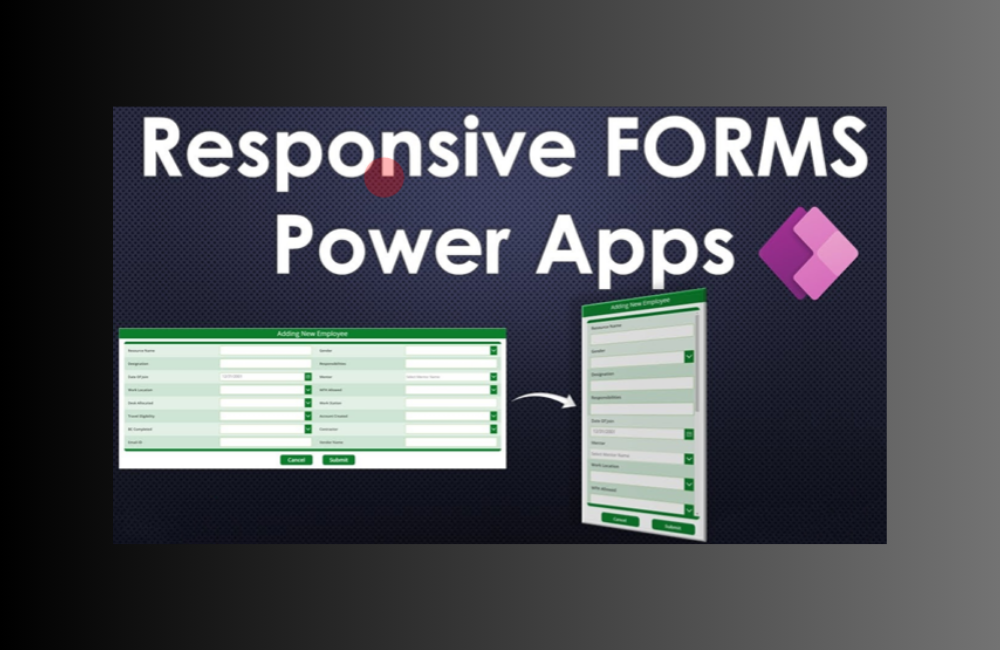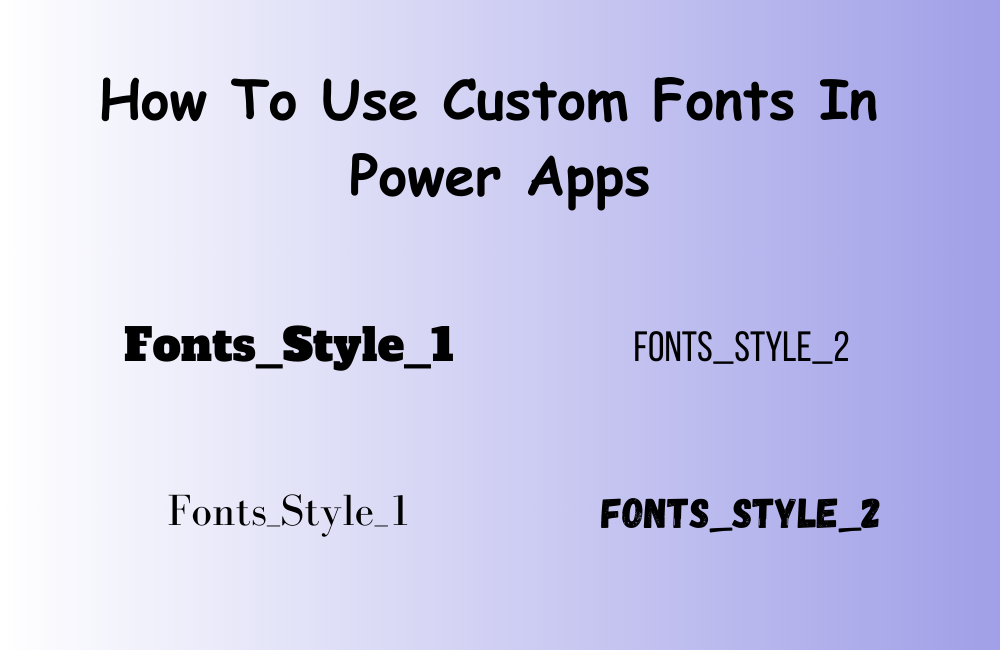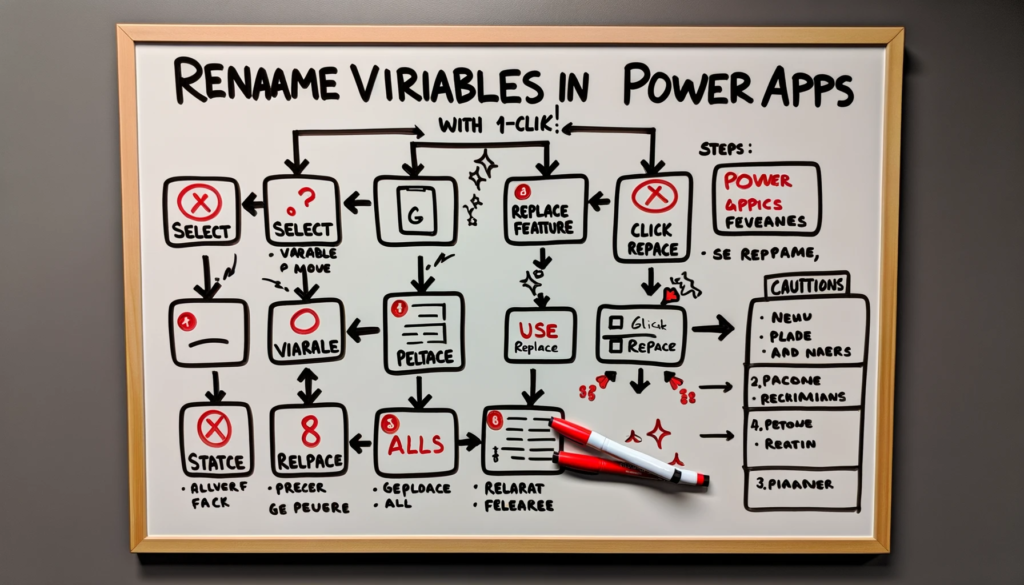Introduction:
In today’s fast-paced digital world, quick and intuitive visual reporting is essential. While Power BI is a popular choice for comprehensive visualizations, there are times when a more streamlined, in-app solution becomes necessary. This guide will discuss how to use Power Apps’ HTML control for creating interactive reports tailored to specific business needs. If you need technical guidance, feel free to contact us.
Fulfilling Business Needs with Power Apps Reporting:
Our recent engagement with a client allowed us to develop a bespoke reporting solution. The client needed a succinct pop-up report that visually represented invoicing volumes across different timelines. The data had to be conditionally color-coded based on time-related comparisons and should cater to both overarching company data and region-specific information. Our collaborative effort led to a solution that matched the client’s vision.
App Design and Data Management:
Designed for decision-makers on the move, this app is optimized for mobile access but remains responsive for larger devices like iPads or desktop browsers. You can find an in-depth demonstration of its features and formulas in our video tutorial “Create Beautiful Reports Easily with Power Apps.”
The data foundation of this application is spread across three distinct data center regions, each boasting its own SQL Database. Our initial approach involved extensive in-app calculations. However, to streamline efficiency, we shifted towards establishing a SQL Server view in each region that collated the vital data. By doing so, the computational demand shifted from the mobile platform to the SQL Server, promoting faster app responses.
Capitalizing on Power Apps HTML Control:
To create a visually striking table, we used the Power Apps HTML control. This tool allowed us to fine-tune the table’s aesthetics, including structure, font-weight, and color-coded conditions, enhancing data readability. Although the company possessed an extensive suite of Power BI analyses, this Power Apps solution offered a swift and concise business overview.
Performance Enhancement:
Given that the app’s primary users would access it while on the move, its performance was paramount. To boost its speed and avoid repetitive operations, our code incorporated nested “With” functions. For example, we achieved the color-coding of the “Today” column by summing the current day’s data across regions and juxtaposing it with the previous day’s totals. By consolidating this process, the app’s performance saw a significant boost.
Conclusion:
By adeptly using HTML customizations, strategic “With” functions, and an interactive pop-up design, we delivered a solution that puts pivotal business metrics at the fingertips of executives. This enables real-time data analysis, eliminating the need for cumbersome report consultation. The end result? Empowered decision-makers equipped with timely data.
If you’re eager to dive deeper into this topic and expand your understanding, don’t hesitate to reach out. Our experts are here to guide you every step of the way.






